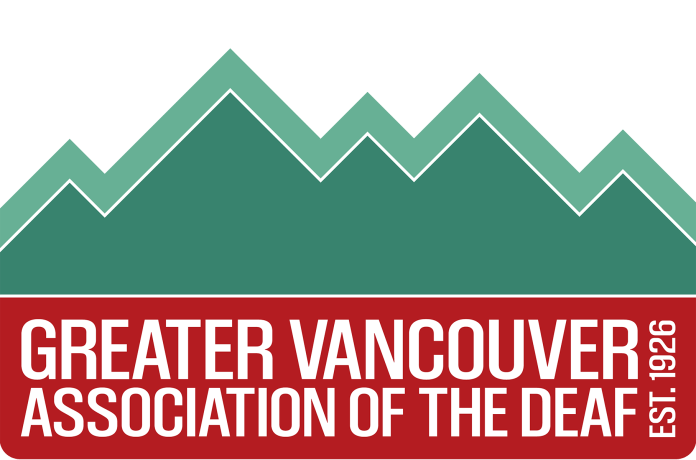This workshop explores the richness of American Sign Language (ASL), which challenges ASL users to appropriately covey the meaning of thoughts and concepts unique to a particular context. Unfortunately there are many ‘signs’ used which have been created over the years by inappropriately basing them on at least four things: influences dictated by the voice and sounds used in the hearing world; the perceived need to initialize signs with hand-shapes drawn from the manual alphabet; the tendency to create compound signs which combine two distinct signs into one sign that lacks conceptual clarity; and the insistence on trying to formulate signs that match the needs of written English grammar. This has had a large impact on the Deaf and these signs have spread so insidiously throughout the Deaf community that they are not readily apparent. Teachers, students and interpreters learn these signs and use them during their work, at school and in their everyday conversations. This usage lends the signs an aura of accuracy and authenticity. The end result is that both communication and thinking are muddled.
English and ASL are dissimilar in that English uses one word that is spelled/represented the same way regardless of the intended meaning. American Sign Language, on the other hand, uses meaning to determine the appropriate way an idea or concept is conveyed/represented. Sometimes this involves a particular choice of sign, alterations to the parameters of a sign, or the way a signed sentence is organized to properly convey the meaning intended. It is for this reason the two languages do not dance well together.
This workshop focuses on how to express concepts clearly and accurately using American Sign Language without an effort to make the sign congruent with English. By utilizing existing signs from American Sign Language and not versions of signs that are a blend of English and ASL (making them ineffective at best and inaccurate at worst) one is able to clearly articulate oneself and be understood.
Born and raised in Newfoundland, Paul LeDrew attended Gallaudet University in Washington, DC where he graduated with a B.Sc in1990. Upon graduation he moved to Toronto, Ontario where he has resided ever since and been employed as a professor at George Brown College. As an ASL storyteller who dabbles in film editing, he established his own business, Hand Signs Now, and shares his vlogs and e-learning opportunities on YouTube. More recently the Ministry of Training, Colleges and Universities hired him as a Subject Matter Expert to develop an ASL dictionary for use with the literacy community in Ontario. He also incorporates features of film into his work with the literacy field engaging students to create clips themselves.
An Active AVLIC member, he has worked extensively as an ASL storyteller, tutor, coach and interpreter. Paul has provided these services for numerous community and governmental agencies including: Canadian Hearing Society, Deaf Culture Centre, Deaf Literacy Initiative, police services, the Ministries of Health, Transportation and the Attorney General. He also provides workshops to sign language interpreters and members of the Deaf community regarding conceptually accurate signs and is currently employed by AVLIC as a feedback specialist as part of the Canadian Evaluation System and as an ASL rater for the Canadian Hearing Society.
When: 9:00 – 5:00 on Sunday, July 10, 2011
Where: Room #2201, Douglas College, New Westminster Campus
Cost: $100 for WAVLI members, $120 for non-WAVLI members, $60 for students. Lunch will be included.
This workshop will be presented in American Sign Language and will not be interpreted.
Please register by emailing professionaldevelopment@wavli.com by Friday, June 24th
